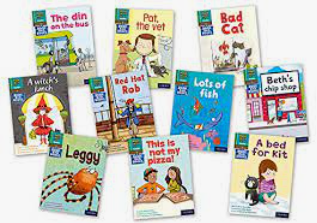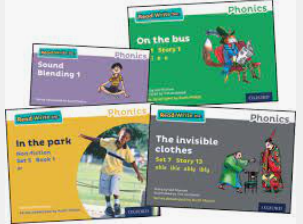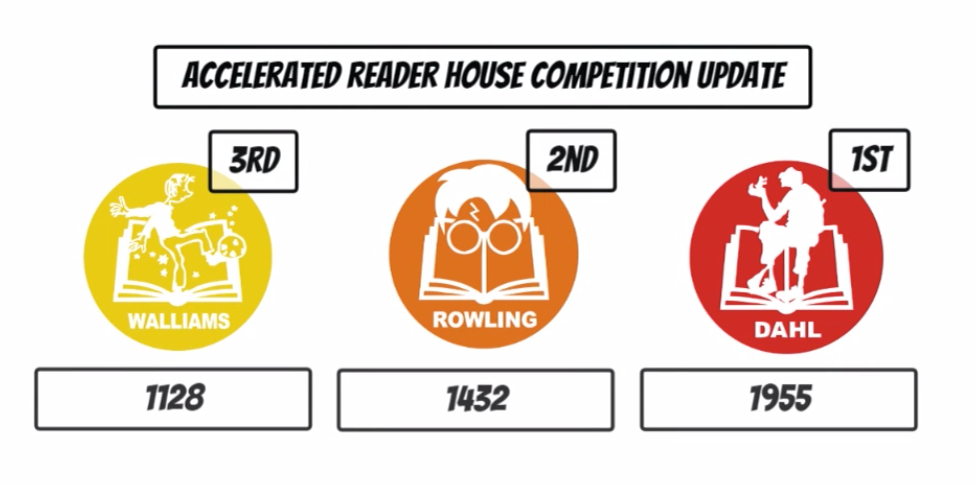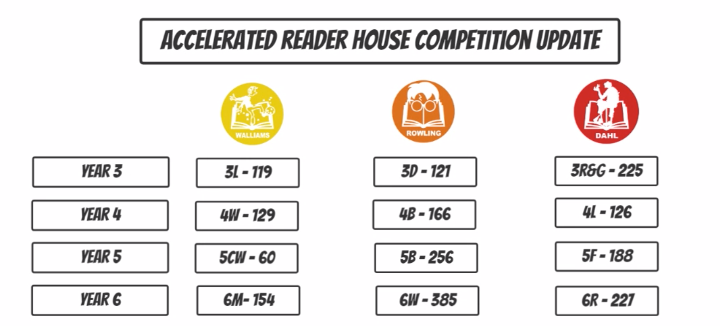
Reading
At Malcolm Sargent Primary School, reading is at the heart of the curriculum. Children both learn to read and learn through reading. The children are encouraged to read for knowledge, to develop their reading skills and widen their vocabulary, however they are also inspired to read for pleasure. There are many ways in which we do this; having an extensive, up to date and accessible library with access to an experienced, knowledgeable and inspiring librarian; allowing the children to see their teacher and other support staff as readers; inviting authors in to share their love of reading and exposing the children to a rich diet of fascinating and engaging texts to name just a few.
In order to teach reading, children in Key Stage One follow Ruth Miskin’s Read Write Inc. programme, beginning with developing their phonics knowledge. Children will progress through recognising initial sounds such as ‘s’, ‘a’, to blending sounds together to make words. More information on our Systematic Synthetic Phonics Programme can be found in the phonics section.
At the end of Key Stage One, teachers begin to use Comprehension Plus, designed by Literacy leaders and teachers to help children to delve deeper into the texts that they are reading. The children explore new texts, often linked to the topic that are studying through six key skills: vocabulary, inference, prediction, explanation, retrieval, sequence and summarise (VIPERS) This approach to teaching reading helps the children to make connections in their learning and realise that there is more to reading than being able to decode new words.
We ask questions such as ......
What do the words suggest about the character, setting or mood?
Which word tells you that...?
Find one word in the text which means...?
How can you tell that...?
What was ... thinking when...?
What is happening now and what happened before this?
Which section of the text was the most interesting?
How would you describe this story?
What happened to...?
Summarise the beginning/middle/end of the story?
In what order did the events happen?
Please see the bottom of this page for more examples of VIPERS questions that you can use at home.
Children are taught the importance of providing reasons for their ideas, whether that is evidence from the text or drawing upon their own thoughts and ideas.
All children, regardless of the stage they are at in their reading journey will be given books to share at home.


Whilst your child is learning their initial sounds in Foundation, they will bring home a wordless picture book in their book bag which will be changed regularly. Once your child can blend the sounds they know to read words, they will bring home a Read Write Inc. book bag book. This will give them the opportunity to develop a range of important reading skills including fluency, sentence construction, comprehension and new vocabulary. Children should practise reading this book regularly so that they can read the book confidently, fluently and independently.
In addition to their reading book, children also have access to our Read Write Inc. ebook library where they can further embed their reading skills at an appropriate level and ‘sharing’ books from a selection of age appropriate books to read with an adult at home. These books should be read by an adult and enjoyed together during ‘story time’ to develop a love of reading.
Children can also access the main library and check books out on a regular basis. Our library has over 5,000 books to choose from, all carefully handpicked to engage, entertain and challenge the children whilst offering them a broad range of genres and themes. Our main library is open to parents and children from 3:00-3:30 Tuesday to Friday and to children throughout the school day.
Assessing the progress that is being made by the children in reading is of great importance to ensure that our pupils ‘keep up, not catch up’ and children who may be struggling are identified and supported quickly. In order to do this, in Key Stage One the children move through the groups according to their phonic knowledge. There is no correspondence with their age and so children will move through these at a pace that is individual to them. Regular assessment of the children takes place to ensure that all children are sufficiently supported and stretched.
In Key Stage Two (and occasionally at the end of Key Stage One) children are enrolled into the Accelerated Reader programme. Children will take a ‘STAR reader’ test frequently throughout the school year which will in turn generate a ZPD (zone of proximal development) range for a child. This then signposts to the children which books they can be accessing in our library. The ZPD range is unique to each child and is a measure of what they can read independently without the support of an adult but also providing them with sufficient challenge. This range can fluctuate as it measures what the child can do on the day of the test. Children can then take a quiz after they have read a book to assess their understanding of what they have just read.
It is important that children take the reading quiz as soon as possible after finishing the book. The children are able to access iPads daily in order to do this however, Accelerated Reader can also be accessed at home via the following link.
Mr Cox runs regular competitions to help incentivise reading between both classes and houses. These celebrate the children that have read the most books, Accelerated Reader word millionaires, children who score consistently well on their quizzes and many more achievements.


Please see below for the Reading Long Term Plan
How can I help at home?
- Encourage your child to read at home each day both independently and aloud.
- Model being a reader yourself as children love to mimic their parents.
- Engage in conversation about your child’s book using some of the questions above.
- Use Accelerated Reader to track your child’s progress on the sunflower (Y3/4) and the bar chart (Y5/6)
-
See below websites for more information on how to support reading at home.
.

